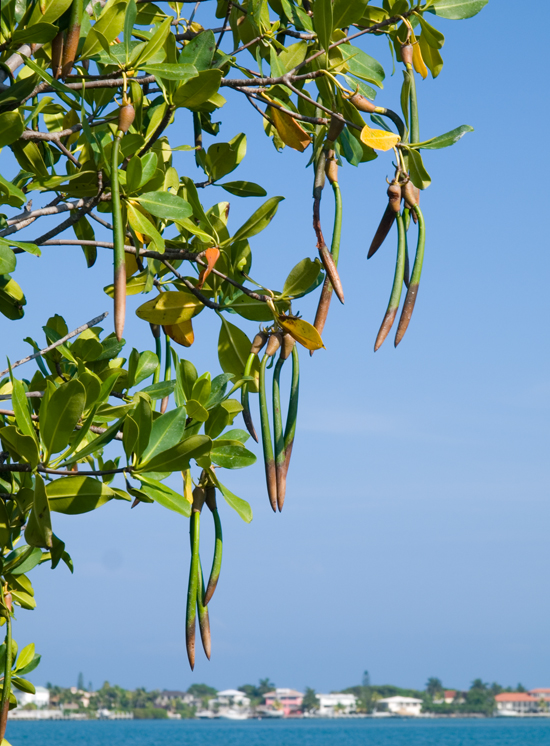Lower Keys Coral Bleaching Report (August 22, 2014)
Monday, August 25th, 2014Having been preoccupied with the Miami Coral Rescue Mission this summer, we finally made our first excursion to the Lower Keys this summer on Friday August 22. Sadly, we found that a distressingly high percentage of corals living on the reefs in Hawk Channel are severely bleached. Most of the staghorn corals that we saw were severely bleached or actively dying, though there were a few hardy exceptions. Nearly all of the brain corals were bone white. All over the reef we observed an unhealthy mix of cyanobacteria and algae proliferating on previously dead coral skeletons. Even the normally hardy gorgonians, corallimorphs, and zoanthids showed significant bleaching on all three patch reefs we checked. The water temperature was an uncomfortable 89 degrees on the bottom. Without strong winds or storms to cool off the water, we are concerned that many reefs in the Keys will lose significant coral cover in the next several months.

